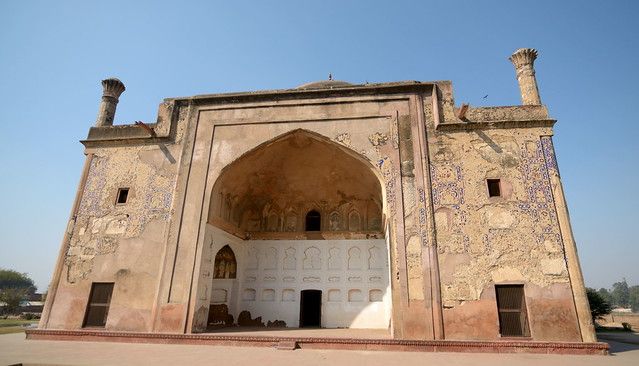Agar is a historic city showcasing India’s much-rich cultural heritage and the famous Taj Mahal. Taj Mahal might be the awe of colours but this city in Uttar Pradesh has many more shades to offer. From grand architectural feats to desolate fort ruins, resort-style zen gardens and jaw-dropping Mughal-era monuments, Agra is a history-lover’s, architecture-lover’s or ancient-beauty-lover’s dream for the ages. This blog will take you through the must-visit places in Agra along with a bit of their historical significance and uniqueness.
The Taj Mahal: A Timeless Symbol of Love and Grandeur
Agra is synonymous with one thing — the Taj Mahal; one of the world’s largest monuments. Far from a magnificent piece of architecture, the Taj Mahal is also reputed to be a symbol of love that will last till the end of time. It is one of the Seven Wonders of the world, famous for its symmetry, grave marble inlay work, and gardens surrounding it.
You walk in through the big estate and catch your first glimpse of the Taj. Its reflection on the long pool before it enhances the beauty, and the gardens are suitable for a quiet walk. Whether you go see the Taj Mahal during dawn or sunset, the scenery will never fail to leave you spellbound..
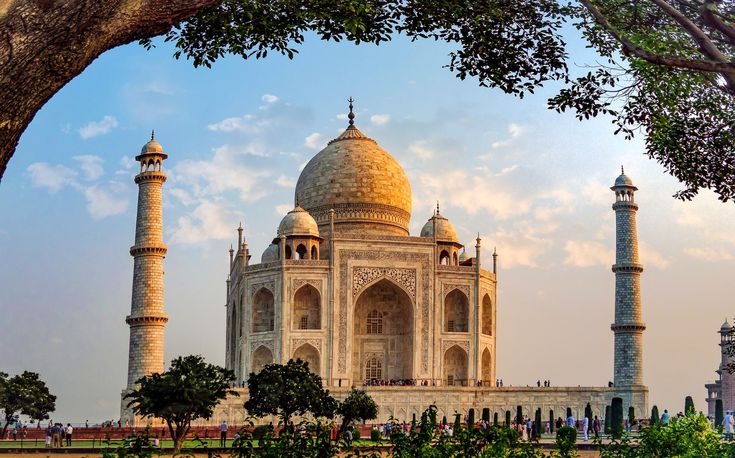
Agra Fort — The Fortress of Power and Royalty
Agra Fort, located not far from the Taj Mahal, is also an essential stop. This UNESCO World Heritage Site was once home to the Mughal emperors. Commissioned by Emperor Akbar, Agra Fort is an outstanding piece of Mughal military architecture. The fort’s majestic walls and mighty gates speak the language of the empire’s strength and magnificence.
IThere are many stunning structures to see inside the fort as well, including the Jahangir Palace, Diwan-i-Am (Hall of Public Audience) and Diwan-i-Khas (Hall of Private Audience). Each of these structures has its own story to tell of royal life during the Mughal era. You can perch here and soak in a view of the Taj Mahal on the opposite side of the Yamuna River.
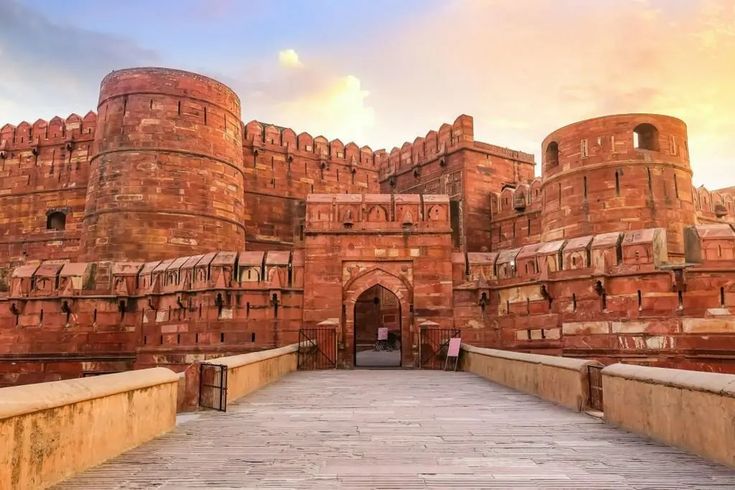
Fatehpur Sikri – Emperor Akbar’s deserted city
Fatehpur Sikri, a half-hour drive from Agra, is another beautiful Mughal specimen. The 16th-century former capital of Emperor Akbar was occupied for just 14 years before water shortages forced its abandonment. Today, it stands as an archaeological site and attracts many visitors near Agra.
The city is famous for its impressive buildings, such as the Buland Darwaza, the largest gateway in India, and the Jama Masjid, a stunning red sandstone mosque. You can also visit the tomb of the Sufi saint Salim Chishti, whose blessings are believed to have helped Akbar with the birth of his son. Fatehpur Sikri offers a peaceful and historical experience where you can immerse yourself in Mughal history and architecture.
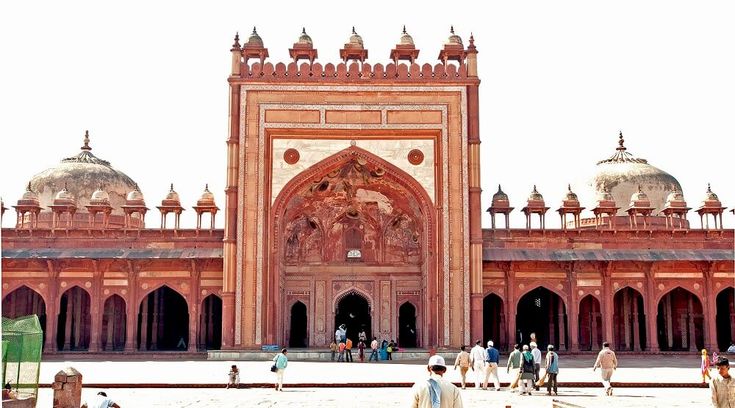
Mehtab Bagh – The Best-Kept Secret with the Top View of the Taj Mahal
Mehtab Bagh is the perfect spot if you’re looking for peace and a unique view of the Taj Mahal. Located on the opposite side of the Yamuna River, this tranquil garden offers stunning views of the monument, especially during sunset. Imagine the golden light reflecting off the marble dome, casting its beautiful shadow on the water — it’s a sight you won’t forget.
Emperor Shah Jahan designed this garden as part of his vision for the Taj Mahal. He wanted a peaceful place where he could gaze at the monument he built in memory of his wife, Mumtaz Mahal. Today, Mehtab Bagh offers the same serenity and stunning views, with fewer crowds than the Taj Mahal complex.
The garden is beautifully maintained with manicured grass and welcoming pathways. Pools and fountains create a peaceful atmosphere. Unlike the busy Taj Mahal complex, Mehtab Bagh offers a calm setting where you can relax and enjoy the views at your own pace.
One of the best parts of visiting Mehtab Bagh is the opportunity to take photos of the Taj Mahal from a different perspective. The garden offers an unobstructed, clear view of the monument and the Yamuna River, making it a perfect backdrop for photos. Whether you’re a professional photographer or someone who loves history and nature, this spot provides a unique opportunity to appreciate the Taj Mahal with fewer people around.
The garden itself follows Mughal design principles with its symmetrical layout, terraced steps, and harmonious atmosphere. It’s easy to get lost in the peaceful surroundings as you stroll through this beautiful space.

Itmad-ud-Daula – The Baby Taj
Itmad-ud-Daulah or the “Baby Taj” is a serene and less-populated monument on the Yamuna River banks. The mausoleum itself is a work of Mughal architecture created by Empress Nur Jahan in honor of her father. While the Taj Mahal was constructed completely of white marble, Itmad-ud-Daula was constructed using marble and red sandstone and decorated with refined marble inlay work.
Mausoleum has beautiful gardens on every side and the very sensitive ceiling and wall work illustrates how developed the Mughal era was. Itmad-ud-Daula is a peaceful and less-crowded place where you can enjoy the grandeur and sensibility of Mughals in tranquility.
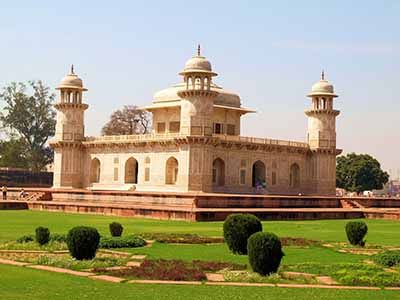
Jama Masjid – Largest Mosque in Agra
Located close to Agra Fort, the Jama Masjid is a breathtaking and imposing mosque in India. Emperor Shah Jahan commissioned the mosque, and it stands as a stunning example of Mughal architecture. Its dominating dome, grand gateway, and intricate carvings leave visitors in awe.
Beyond its religious significance, the mosque offers a peaceful retreat. Travelers can enjoy a serene atmosphere, providing a quiet escape from the bustling streets of Agra.
Jama Masjid is constructed using red sandstone and white marble, because of which it possesses a stunning contrast. Jama Masjid is less crowded than all the other structures in Agra and gives you a serene experience.
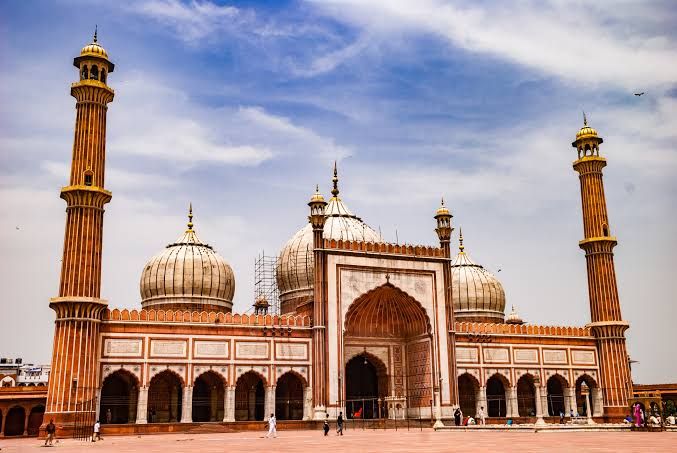
Tomb of Akbar the Great – A Monument to a Great Emperor
Tomb of Great Akbar is located in Sikandra, just outside Agra. The tomb is the final resting place of the great Mughal emperor Akbar. It is an architectural marvel, blending Hindu, Islamic, and Persian styles.
Red sandstone was used to build the structure. Surrounding the tomb is a vast garden, home to wildlife like monkeys and deer
The imposing gate of the tomb is stunning. The carved and inscribed walls beautifully depict the emperor’s lineage.
Visiting Akbar’s tomb offers a peaceful escape from the busy streets of Agra. It also showcases the architectural splendor of the Mughal empire.
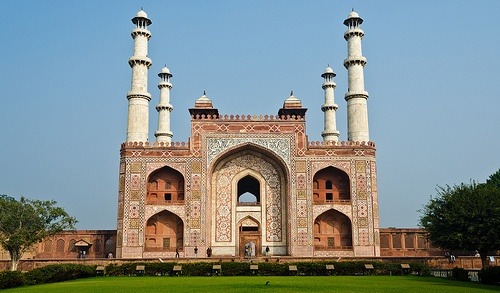
Mariam’s Tomb – Agra’s Hidden Gem
Mariam’s Tomb is situated out of Agra city and built as a tribute to Akbar’s wife Mariam-uz-Zamani. It’s one of the less visited monument but one of the jewel of Mughal architecture and it is peaceful due to fewer tourists. The mausoleum reflects Mughal grandeur by the means of marvelous carvings and peaceful ambiance. It reflects life of Mughal queens and is less populated and peaceful experience than other tourist populated Agra monuments.
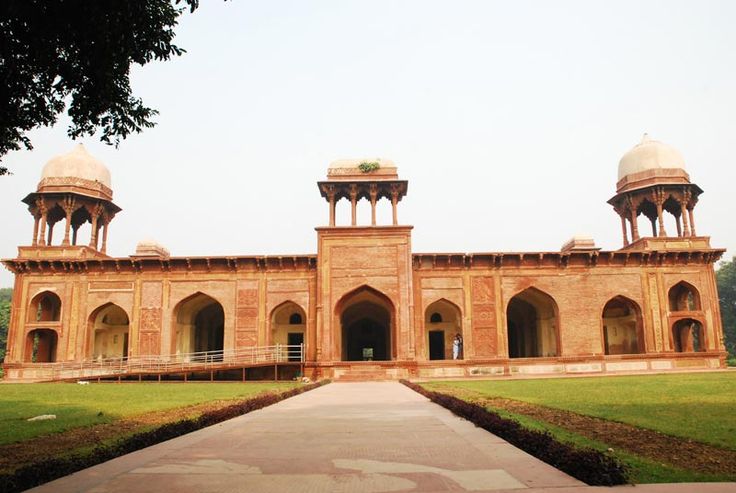
Raja Ki Mandi – Local Agra Culture and Shopping Experience
And if you are not in the mood for a sightseeing-and-exploring-places kind of day, but rather a shop-and-do-a-culture-walk kind of day, then go to Raja Ki Mandi. It is renowned for the local artifact of the destination, leatherware, and local handicraft. You can find great marble inlays, carpets, and other local products with Agra’s finest craftsmanship there. The chaotic marketplace provides the chance to learn about Agra’s culture and traditions while buying offbeat souvenirs.
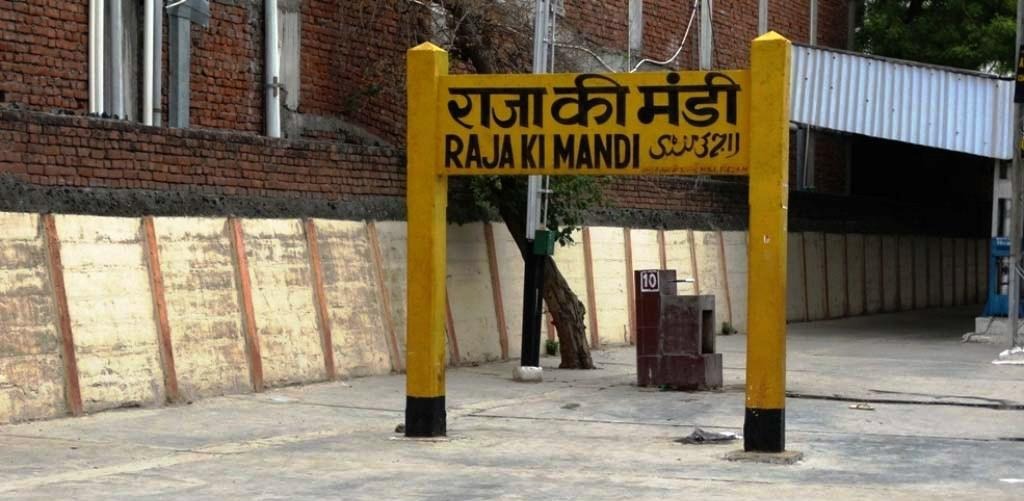
Chini Ka Rauza – A Forgotten Architectural Treasure
Chini Ka Rauza is such a lesser-known but no less precious treasure of the city of Agra that acquaints us with information about the magnificence of Mughal and Persian architecture. This mausoleum was constructed over Allama Afzal Khan, the vizier to Emperor Shah Jahan, and is renowned for its lovely tile work and ornate Persian-patterned designs. It’s a serene monument with relatively lesser crowd, hence apt for historians too as also for shutterbugs who adore exquisite tile work and Mughal monuments.
